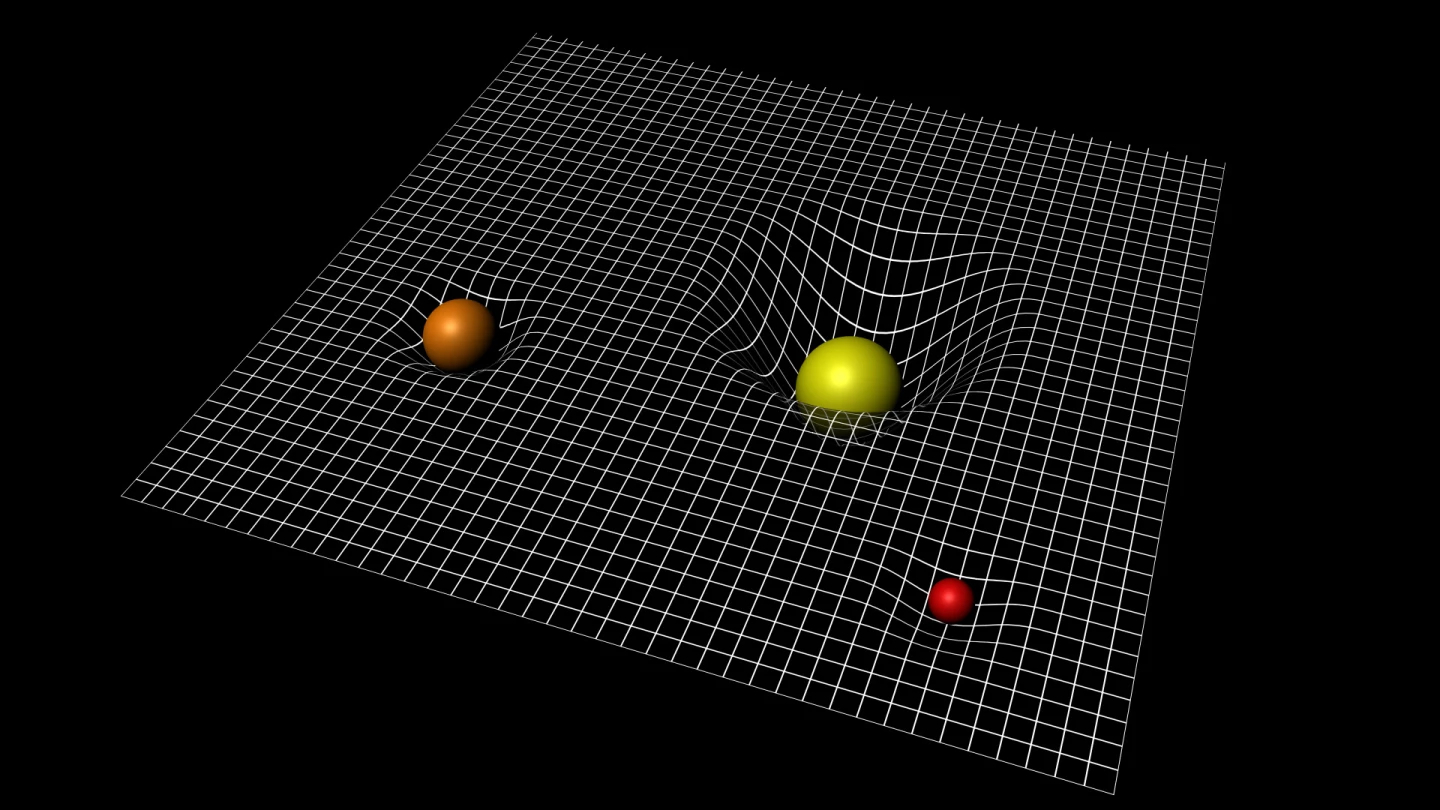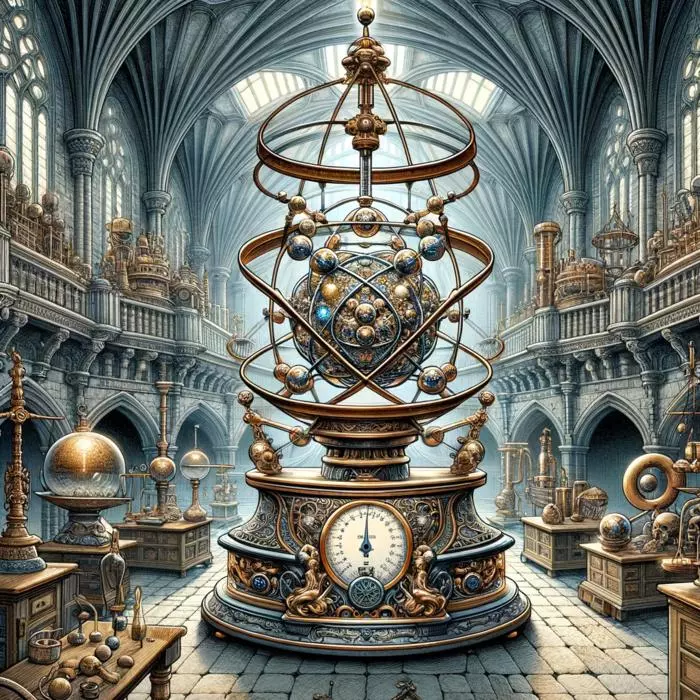A unified Theory Of Everything is the holy grail of physics, but gravity refuses to play ball. Now, a newly proposed theory attempts to unify Einstein’s theory of gravity with quantum mechanics – and importantly, outlines a way to test it experimentally.
Over the past century or so, quantum physics has done an excellent job of describing the micro-scale world of particles and atoms. It encompasses three of the four fundamental forces of the universe – electromagnetism and the strong and weak nuclear forces. But despite being tackled by some of the brightest minds ever, scientists just can’t bring in that fourth pillar: gravity.
So far, the most accurate model describing gravity is still Einstein’s theory of general relativity. It states that gravity as we feel and observe it is a kind of side effect of the fabric of spacetime and masses that rest on it. Picture it like a trampoline mat with a bowling ball sitting on it – the weight of the ball creates a dip in the mat. Out in the universe, the “mat” is spacetime and the “bowling ball” is a massive object like a star. If you then put a smaller ball on the mat, it will roll down the dip towards the bigger one, similar to how we experience gravity. Or, if you roll a tennis ball with enough speed it will circle that dip in a way similar to Earth orbiting the Sun.

This theory of gravity has survived basically every test scientists have thrown at it over the last 100 years. In fact, new discoveries keep confirming its predictions, such as the 2015 detection of gravitational waves.
The problem is, this story doesn’t play well with the other three fundamental forces. Each of those can be fairly neatly described using quantum mechanics, with interactions mediated by specific force carrier particles. For example, photons are the carrier particles for the electromagnetic force. As such, scientists have tinkered with theories for "quantum gravity" and searched for its hypothetical carrier particle, dubbed the “graviton,” but all experiments have come up empty so far.
Spacetime itself would also need to be “quantized,” or broken down into constituent parts. This is what the notorious string theory attempts to do, as does loop quantum gravity, currently considered a frontrunner. But again, neither of these notions quite seem to fit as well as Einstein’s theory does.
A new study takes the opposite tack – Professor Jonathan Oppenheim from University College London (UCL) proposes that spacetime follows classical physics after all, and instead it’s quantum theory that needs to be modified. He calls it a “postquantum theory of classical gravity.”
Essentially, Oppenheim couples classical and quantum systems together in a way that preserves each system. So, for instance, the classical system still prevents faster-than-light signaling, while the uncertainty principle remains unviolated in the quantum system. Einstein liked everything to be deterministic – that is, if you had enough information about a system you could take its current state and work out any specific state in its past or future. Oppenheim’s hybrid theory doesn’t work like that – instead, you can only work out the probability of a specific state occurring in the future.
The theory does predict some intriguing things that might raise the hackles of many physicists. It finds, for instance, that black holes can destroy quantum information – something that’s considered impossible according to quantum theory, and may be enough for some to dismiss the whole theory outright.

But importantly, there are ways to test this postquantum theory of classical gravity. If spacetime is classical, it should undergo random fluctuations, which could in turn change the mass of objects by tiny amounts over time. One experiment the team suggests is that measuring an object very precisely – such as the International Prototype of the Kilogram – could reveal whether spacetime is classical or quantum.
“In both quantum gravity and classical gravity, spacetime must be undergoing violent and random fluctuations all around us, but on a scale which we haven’t yet been able to detect,” said Zach Weller-Davies, co-author of the study. “But if spacetime is classical, the fluctuations have to be larger than a certain scale, and this scale can be determined by another experiment where we test how long we can put a heavy atom in superposition of being in two different locations.”
It’s likely that the new theory won’t be widely accepted right away, if ever, but it at least provides an intriguing new way of thinking about gravity and spacetime. Those experiments could quickly rule it out, sending it to join the giant graveyard of quirky scientific ideas that litters history – or it could turn out to be as fundamental as Einstein’s theories.
The research was published in two papers, one appearing in Physical Review X and the other in Nature Communications.
Sources: UCL, American Physical Society





